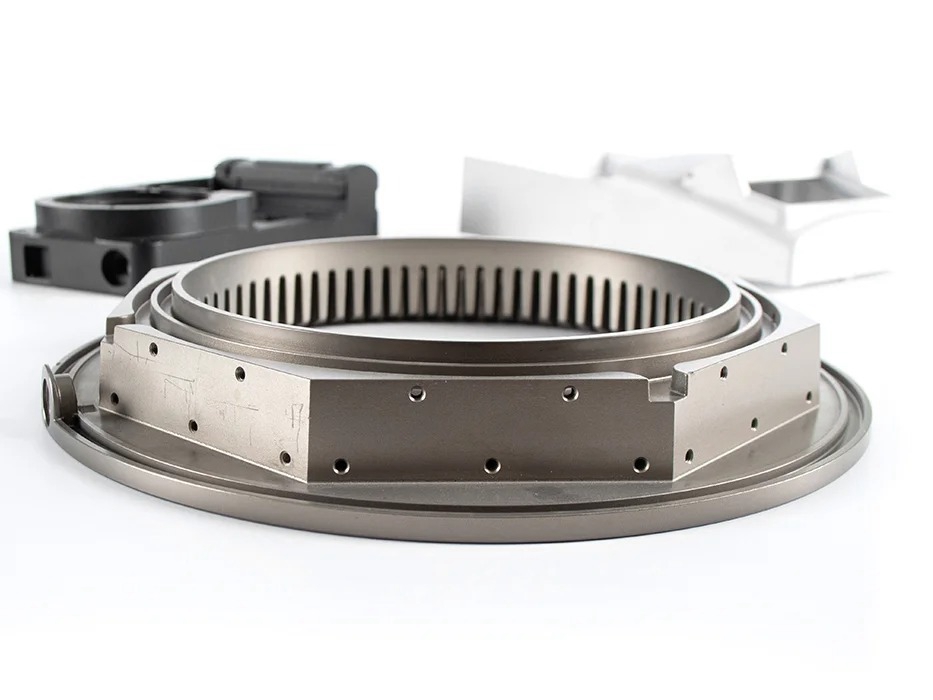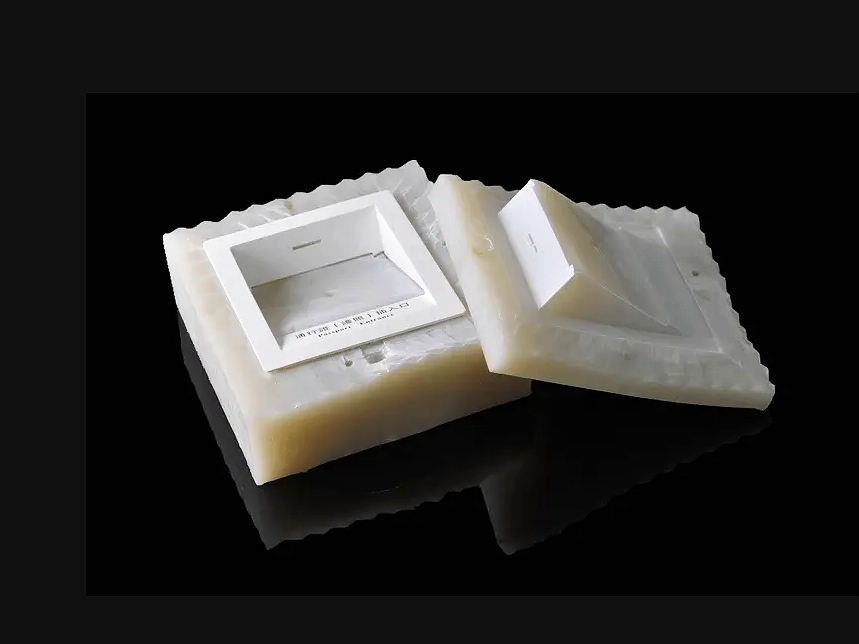What materials are commonly used in rapid molding processes?
What Materials Are Commonly Used in Rapid Molding Processes?
Material Selection in Rapid Molding: Speed Meets Functionality
Rapid molding—encompassing techniques like rapid injection molding and soft tooling—is designed for producing functional prototypes or low-to-mid volume parts within days. Material choice is critical in balancing speed, cost, mechanical performance, and end-use requirements. Neway’s rapid molding services support a wide spectrum of thermoplastics and elastomers suitable for real-world testing and small-batch production.
Common Thermoplastics Used in Rapid Molding
ABS (Acrylonitrile Butadiene Styrene)
General-purpose thermoplastic with good impact resistance and machinability
Applications: Consumer electronics housings, automotive trim
PC (Polycarbonate)
High-impact strength and optical clarity; heat resistant up to 135°C
Applications: Lighting covers, lenses, impact-resistant enclosures
PA (Nylon 6, Nylon 66)
High tensile strength, excellent wear resistance, and chemical stability
Applications: Gears, bushings, structural mechanical parts
POM (Acetal/Delrin)
Low friction, excellent dimensional stability, and rigidity
Applications: Bearings, automotive fuel systems, fasteners
PEEK (Polyether Ether Ketone)
High-performance polymer with thermal resistance up to 250°C and strong mechanical properties
Applications: Medical devices, aerospace parts, electrical insulators
PP (Polypropylene)
Lightweight, chemical-resistant, and flexible
Applications: Living hinges, fluid containers, medical packaging
TPE/TPU (Thermoplastic Elastomers)
Rubber-like flexibility, abrasion resistance, and excellent rebound
Applications: Seals, gaskets, wearable device components
PBT (Polybutylene Terephthalate)
Excellent electrical properties and dimensional stability
Applications: Connectors, automotive sensors, appliance parts
Specialty and Engineering Plastics
Ultem (PEI): Flame-retardant and high heat resistance for aerospace and medical
LCP (Liquid Crystal Polymer): Ideal for microelectronic and ultra-thin molded parts
PSU, PPSU: Used where high steam resistance or sterilization cycles are needed
Factors Influencing Material Selection
Tooling Temperature Soft tooling (e.g., aluminum molds) limits the use of very high-temperature plastics like PEEK unless specially engineered.
Part Complexity Flexible materials like TPU are chosen for complex geometries and undercuts.
End-Use Requirements Materials must match thermal, mechanical, or regulatory standards based on application.
Integrated Services for Material Optimization
Neway enhances rapid molding outcomes through:
Material Selection Consulting for balancing speed, cost, and performance
Rapid Tooling with aluminum or hybrid steel molds
Post-Molding Services like inspection, machining, and coating
With delivery in as fast as 7 days and ±0.05 mm accuracy, Neway’s rapid molding solutions support both prototype testing and functional end-use part production.



